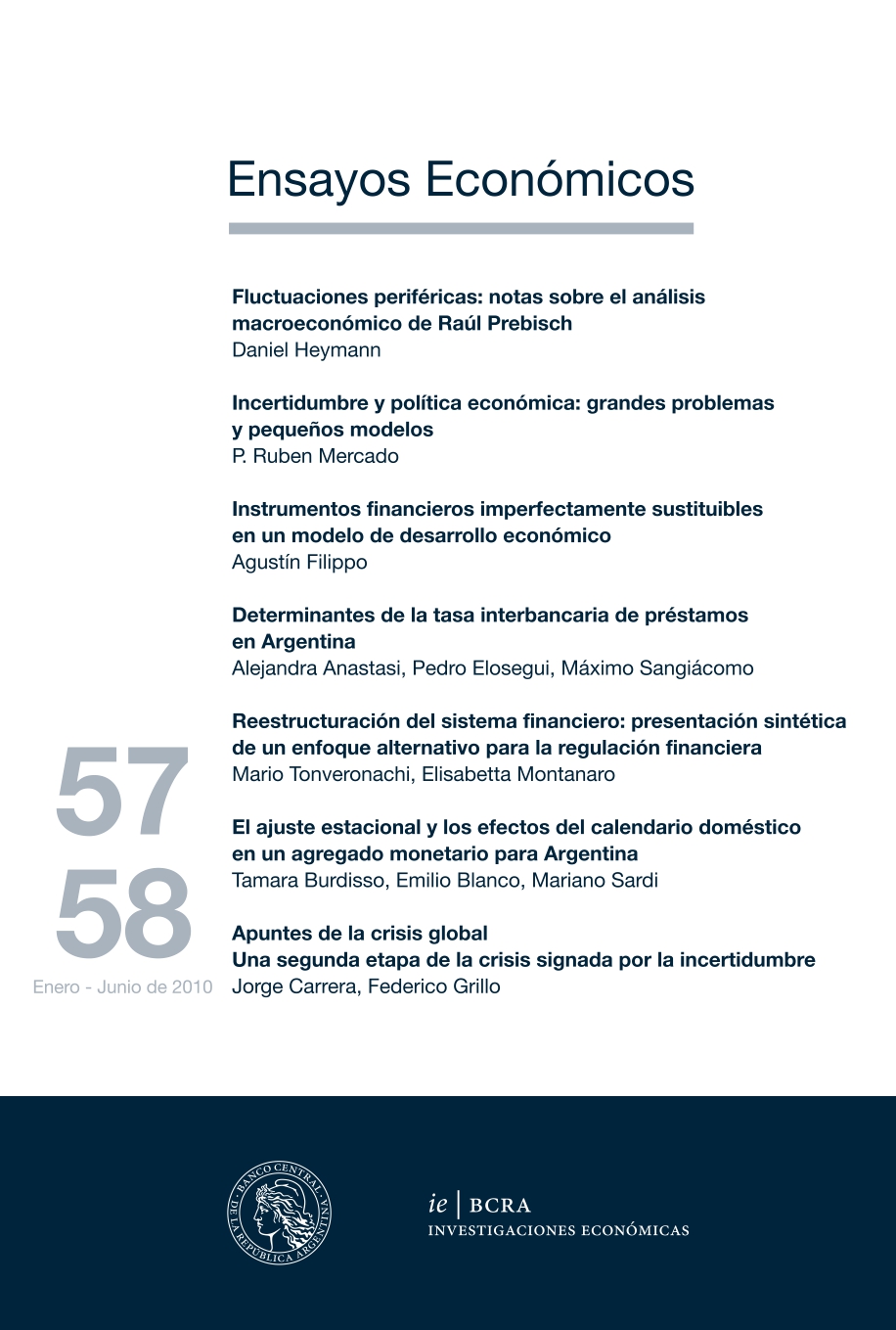A Second Stage of the Crisis Marked by Uncertainty
Keywords:
Fiscal Policy, International Coordination, International Financial Crisis, Macroeconomics, Monetary Policy, Reform of the International Financial ArchitectureAbstract
Starting in the second quarter of 2009, global economic activity began to show signs of recovery, after the recession generated by the subprime crisis. However, the optimism of the end of 2009 has given way to greater caution regarding the timing of exit from the crisis, particularly in developed countries. This marks a second stage of the crisis characterized by uncertainty regarding the possibilities of sustaining the recovery of the global economy. In this context, emerging and developing countries are showing better economic performance, although it is worth asking whether a “decoupling” is possible in a scenario of weak growth in advanced countries. In parallel, negotiations related to the reform of the International Financial Architecture within the G-20 continued, with the aim to make the global economy less prone to crises. Despite the progress in the negotiations, it is still not clear what the new international financial system will look like after the reforms and, mainly, how this will impact the performance of the global economy in the short and long term, which constitutes an additional factor of uncertainty.
JEL classification: E52 ; E62 ; F01 ; F33 ; F42 ; G01




